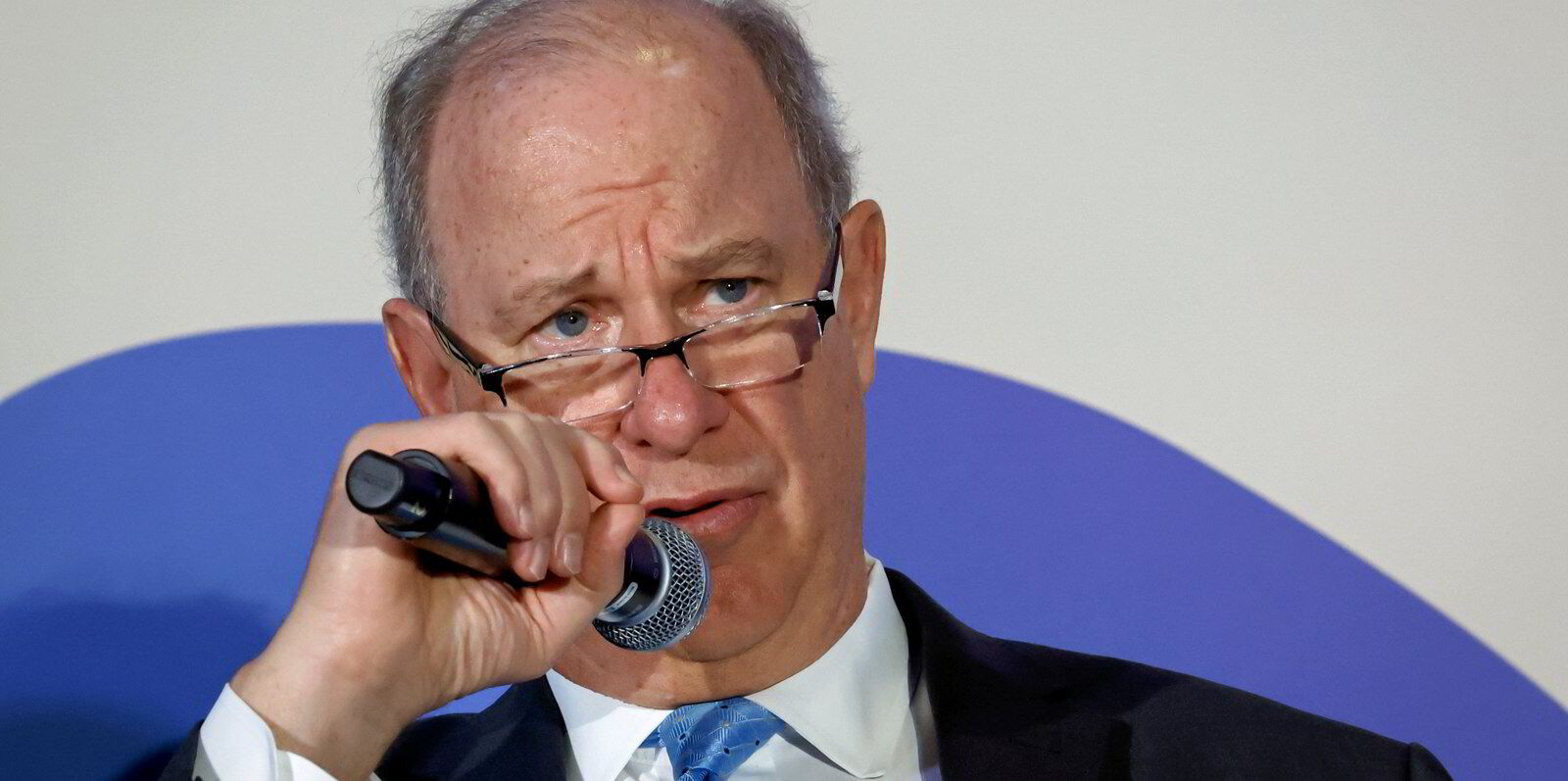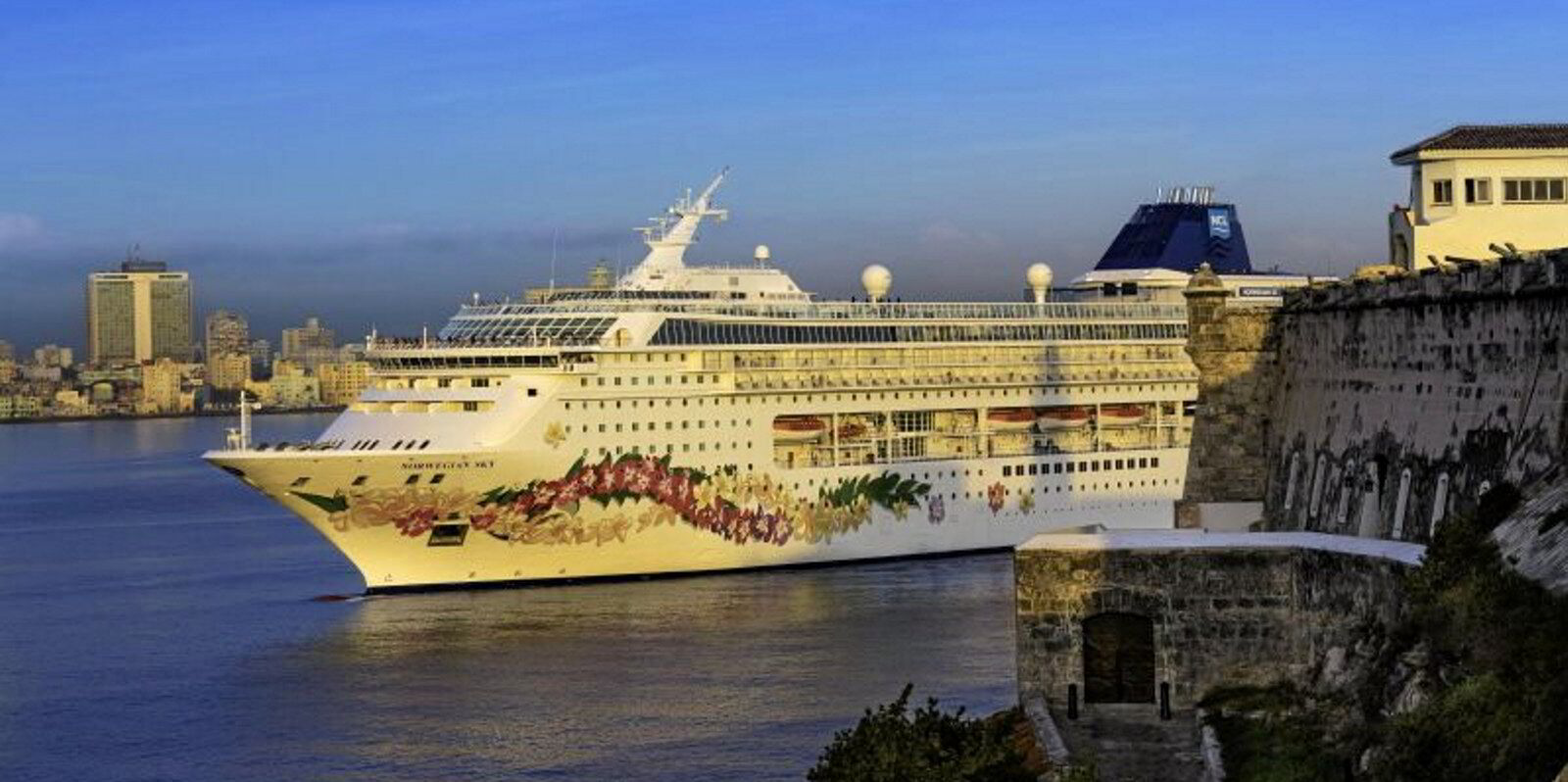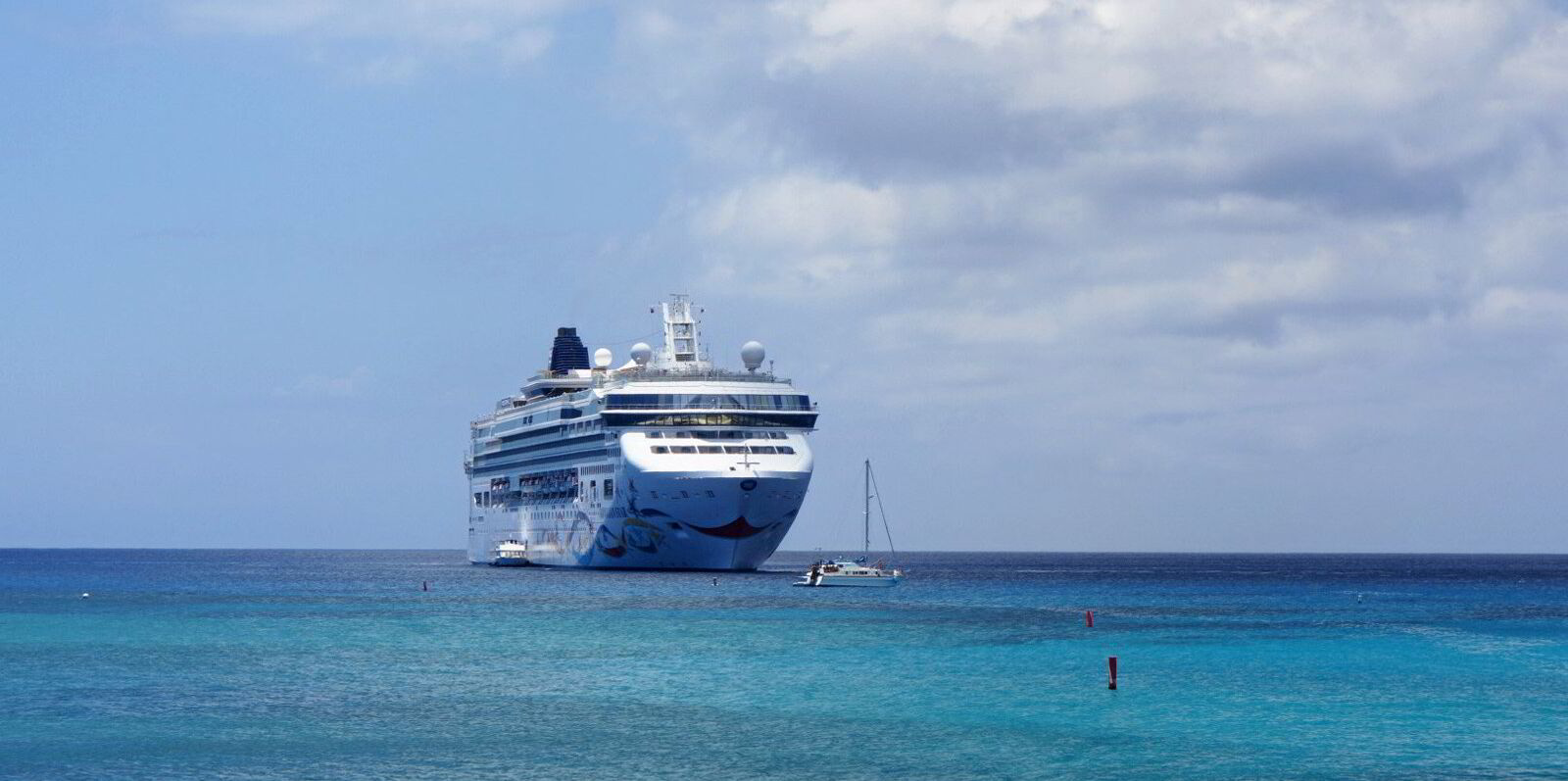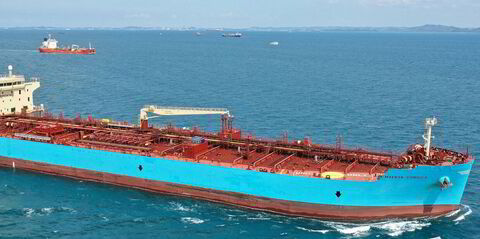This has been the year that cruise ship orders came back, as an industry that was brought to its knees by the pandemic has returned its focus on investing to meet rising demand.
But something has changed compared with the pre-pandemic years. Cruise lines are ordering large ships like never before, as they focus on efficiency, economies of scale, demand growth and a future of cleaner fuels — not to mention the “wow” factor of bringing record-breaking ships to market.
The average size of a cruise ship ordered in 2024 is larger than any previous year, a TradeWinds analysis of newbuilding contracting data from Clarksons found.
In fact, compared with the pre-pandemic years, the number of newly ordered cruise vessels is somewhat low.
Clarksons data shows that just 19 cruise vessels have been ordered so far in 2024, compared with 46 in 2019, the year before Covid-19 shut down the industry.
But this year’s $14.3bn worth of newbuildings weigh in at 2.53m gt, more than the 2.39m gt booked in 2019, according to the data from the shipbroking giant.
That brings the average tonnage of a cruise ship ordered this year to just over 133,000 gt, beating the previous record set in 2010 — when just seven vessels were booked in the sector.
Clarksons Research managing director Stephen Gordon said that after the challenges of Covid-19, the cruise industry’s focus was on delivery and financing of the existing orderbook, supported by slipping delivery dates.
“There had been some ordering of smaller expedition-type cruise ships in 2022 and 2023, but the ordering of large cruise vessels at European yards has come back very strongly in 2024,” Gordon said.
Ten of the 19 ships on order have the capacity for more than 4,000 passengers, he added.
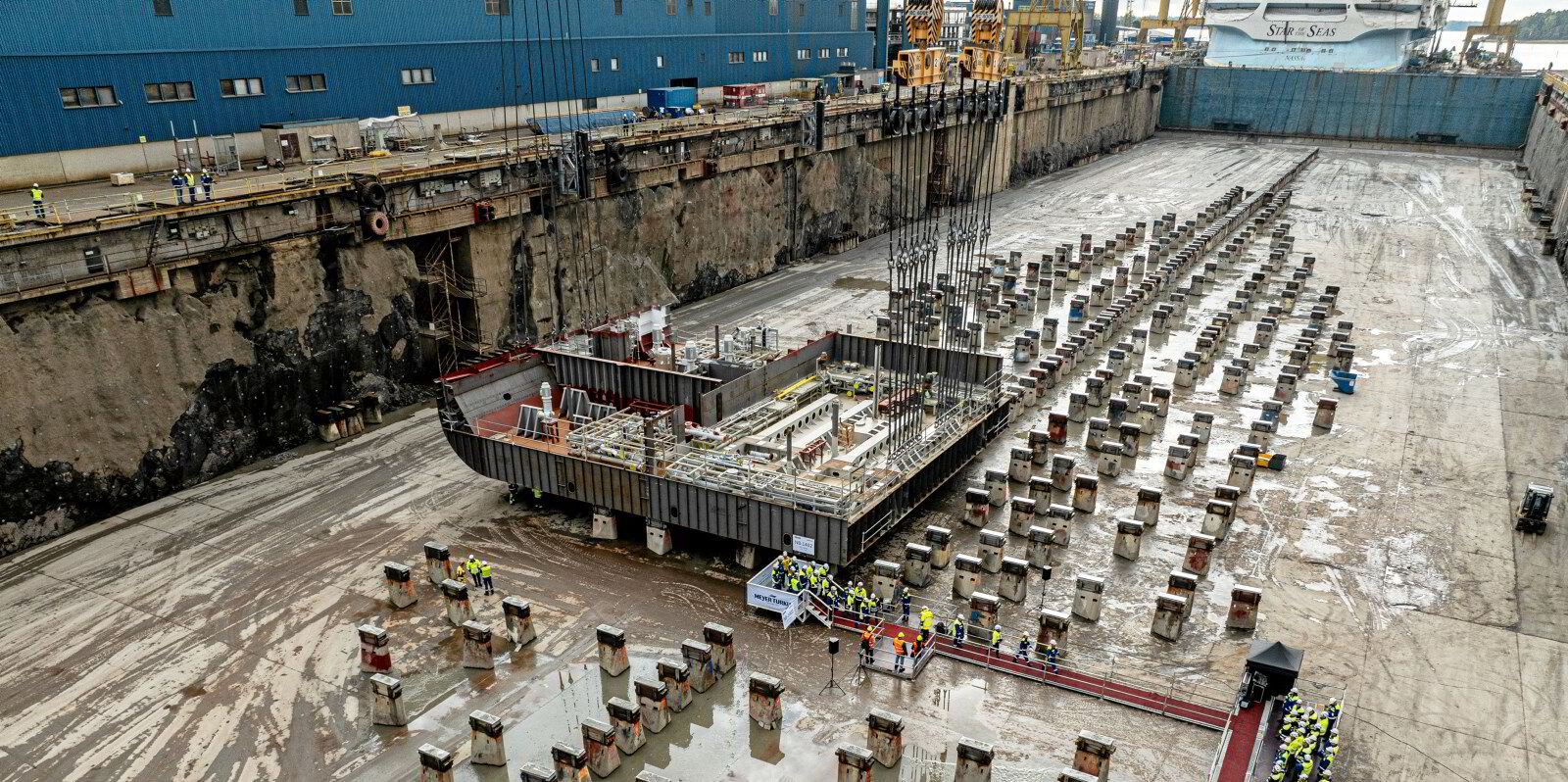
Demand growth
A key driver of the newbuilding revival is passenger volume growth.
“We are projecting 10% expansion this year to almost 35m. For context, pre-Covid in 2019 volumes were under 30m,” Gordon said. “And the financial performance of cruise operators has also improved significantly.”
But cruise industry insiders and analysts also view efficiency as a key goal of the larger vessels.
Carnival Corp chief maritime officer William Burke noted that efficiency has allowed the world’s largest cruise ship operator to cut its carbon emissions by 10% despite 30% capacity growth.
This year, Carnival has ordered three 6,000-berth cruise ships at Italy’s Fincantieri that will weigh in at 220,000 gt, making the LNG-fuelled vessels the largest ships in its fleet. But rival Royal Caribbean Group has gone bigger, with a 250,000-gt titan at Meyer Turku that will have 5,610 lower passenger berths.
Burke said there are clear efficiencies of scale in larger ships.
“And that is in fuel. It’s in labour. It’s in every piece of the business,” he said.
Burke said there are market segment limitations. After all, luxury brands such as Seabourn will not order ships of this size.
But for brands such as Carnival Cruise Lines, big ships also are attractive because they become a destination.
Assia Georgieva, an analyst who tracks cruise stocks as chief executive of Infinity Research, said that large ships bring efficiency on many levels.
One key level is coping with the energy transition — alternative power sources take up space.
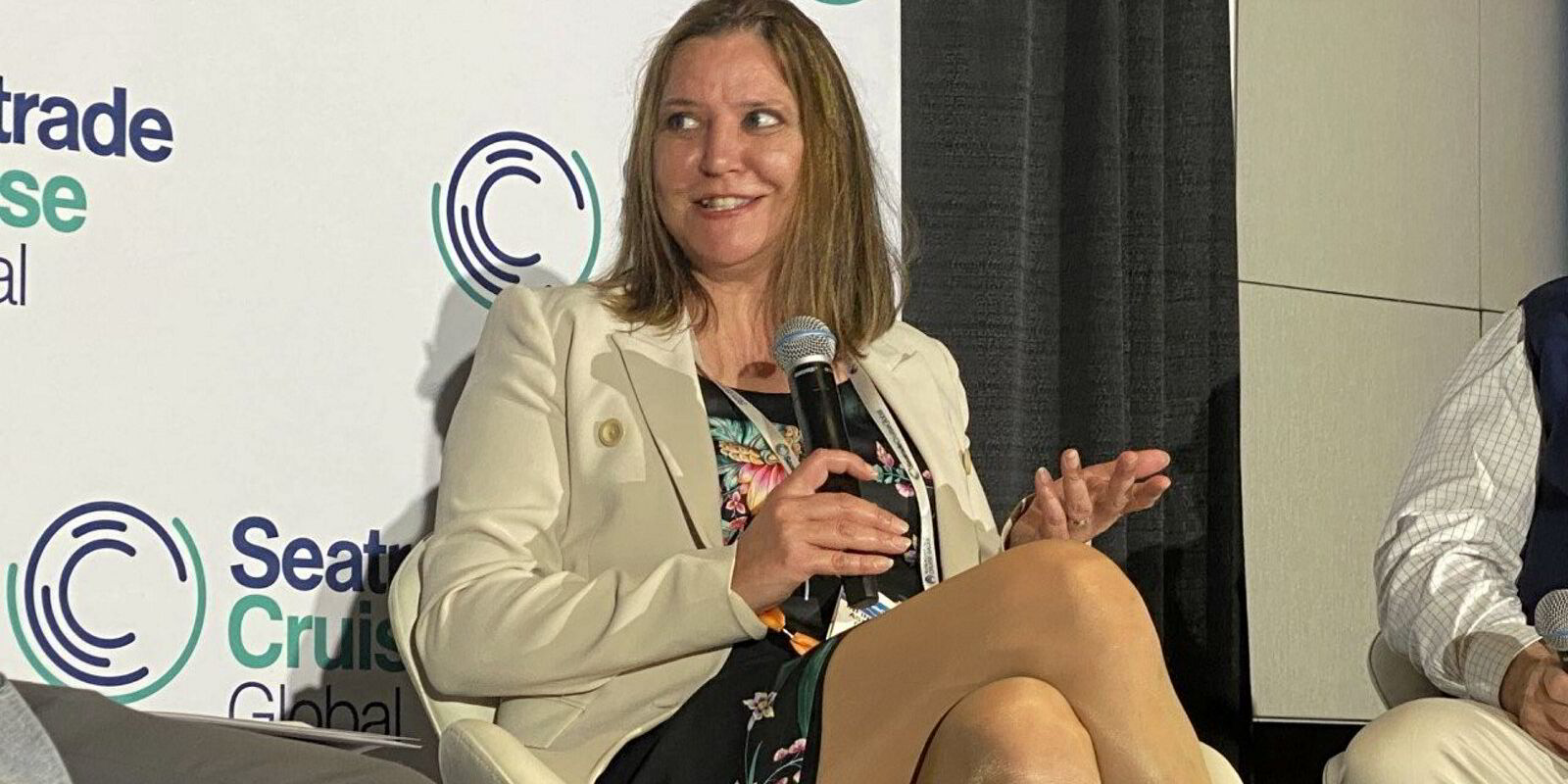
She noted that many of the ships ordered this year will be fuelled by LNG, with some having hydrogen fuel cells for auxiliary power.
Georgieva recalled touring the vast engine room of Royal Caribbean International’s new LNG-fuelled, 5,714-berth Utopia of the Seas (built 2024).
“It does take space, and of course, with every ship you’re trying to maximise space,” she said.
A 3,000-berth passenger ship will struggle to find space for shore-power equipment, LNG tanks, batteries or fuel cells.
“The larger ones, relative to the rest of the space and the number of cabins that they have, they are able to afford that space. Smaller ships cannot,” she said.
Although luxury and premium cruise brands may not order behemoths, even the size of smaller ships is getting bigger.
For example, Viking Cruises’ recently unveiled an order for six cruise ships of 54,300-gt at Fincantieri. They will accommodate 998 passengers each, compared to the 930 passengers on its existing ships.
Georgieva cited Norwegian Cruise Line Holdings luxury brand Regent Seven Seas, which is building 850-berth ships instead of its usual 700-passenger vessels.
Cabins are rented at such a premium on these ships that upsizing pays off.
Georgieva said: “You really don’t have to invest that much in terms of hull, in terms of engines, etc, but just adding those cabins, which are thousands of dollars for a seven-night voyage, helps so much in terms of margin — the money that you’re going to be making.”
